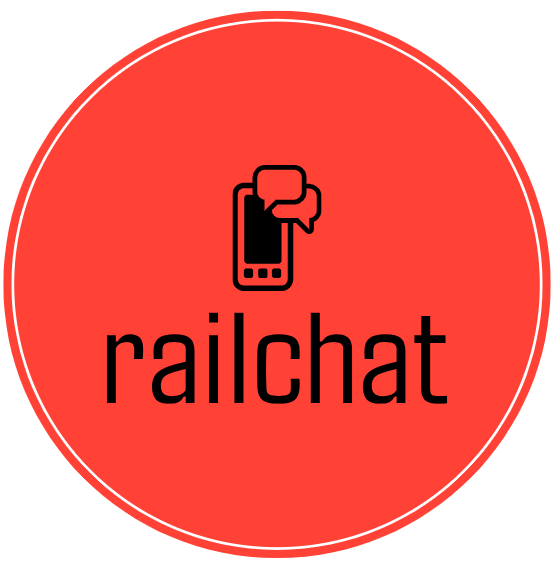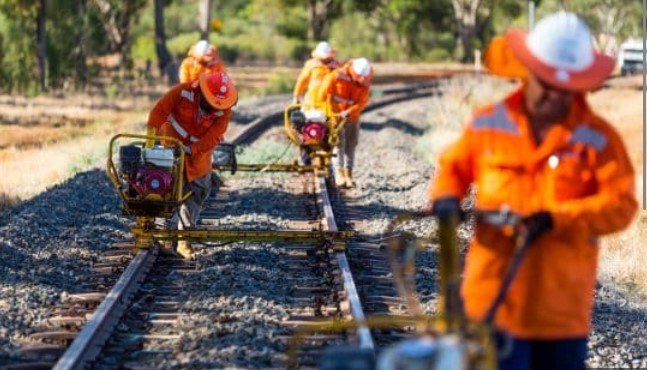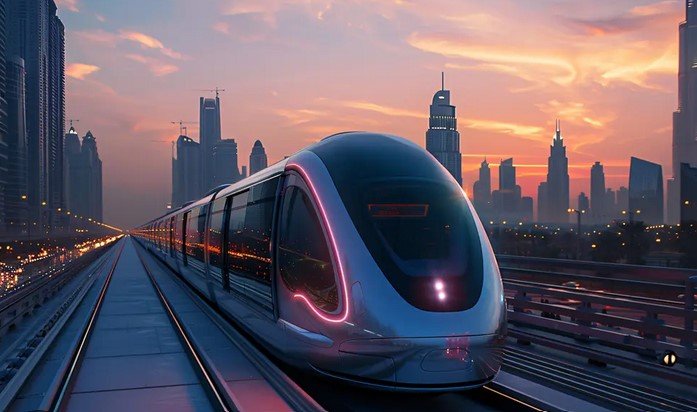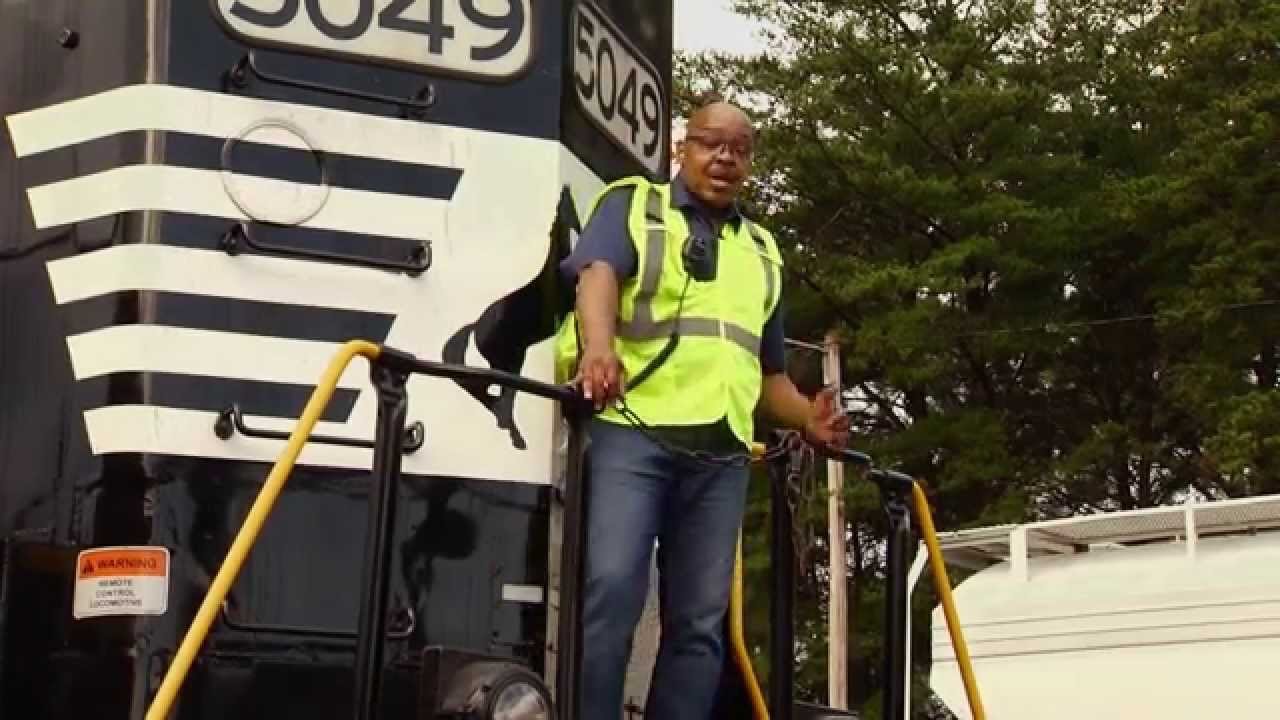The railroad industry plays a critical role in the global economy, moving goods and passengers efficiently across vast distances. However, despite its importance, the industry faces several challenges that impact its growth and sustainability. This post will discuss the key challenges the railroad industry is currently dealing with and how they are affecting operations.
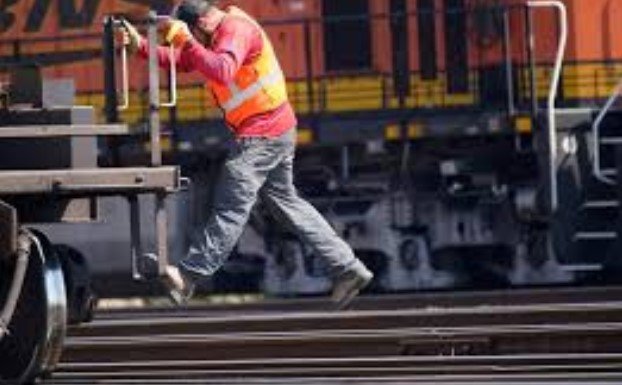
Infrastructure Aging and Maintenance
One of the most significant challenges the railroad industry faces today is aging infrastructure. Many rail networks, particularly in developed countries, were built decades ago. Over time, the wear and tear on tracks, stations, and bridges can lead to safety hazards, delays, and costly repairs.
Maintaining and upgrading aging infrastructure is expensive. While some rail companies invest in modernization efforts, the costs often lead to limited improvements. As rail networks expand and demands on the system increase, addressing infrastructure issues will become even more critical to ensure safety and efficiency.
Increasing Competition from Other Modes of Transportation
Another challenge is the growing competition from other forms of transportation, particularly trucking and air travel. In recent years, trucks have become a more popular option for freight transport due to their flexibility and ability to reach remote locations. Meanwhile, low-cost air travel has made flying a more attractive option for passengers.
Trains face stiff competition in terms of speed and convenience. For freight transport, trucks offer door-to-door service, which can be more convenient than relying on trains. For passengers, the convenience of flying often outweighs the benefits of train travel, especially for long distances. Rail companies need to find ways to offer better services to compete effectively in these markets.
Environmental Concerns and Sustainability
While rail travel is often seen as more eco-friendly than other forms of transportation, the railroad industry still faces environmental challenges. Freight trains, especially those that run on diesel, produce significant carbon emissions. Even with increasing electrification of rail networks, the overall environmental impact remains a concern.
To address this, the industry must invest in more sustainable technologies, such as electric and hydrogen-powered trains, to reduce emissions. However, the cost and feasibility of transitioning to these technologies remain major hurdles for many rail operators. As sustainability becomes more of a priority globally, rail companies must find ways to balance growth with environmental responsibility.
Labor Shortages and Workforce Issues
Labor shortages have become a growing concern in the railroad industry. Many rail companies are struggling to find skilled workers, particularly train operators, engineers, and maintenance staff. The demand for workers is rising as rail networks expand and require more personnel to maintain operations.
At the same time, the aging workforce in the industry presents a challenge. Many experienced employees are retiring, and younger workers are not entering the field at the same rate. This shortage of skilled labor can lead to delays in operations, lower safety standards, and a lack of innovation.
Regulatory and Safety Concerns
The railroad industry is highly regulated, with strict rules and safety standards in place to protect passengers, employees, and freight. While these regulations are necessary for safety, they can also be a challenge for rail operators. Compliance with safety regulations often requires significant investment in technology, training, and infrastructure.
Additionally, railroad accidents, although rare, can have severe consequences. Safety concerns regarding the aging infrastructure, automated train systems, and the handling of hazardous materials are ongoing issues. Ensuring safety while maintaining efficiency is an ongoing challenge for the railroad industry.
Technological Integration and Innovation
The railroad industry is also grappling with the need to adopt new technologies. While innovations like automation, AI, and high-speed rail promise to improve efficiency, integrating these technologies into existing systems is not without its difficulties. Rail companies face challenges in upgrading legacy systems and investing in new technology, all while trying to maintain regular operations.
For instance, while automation has the potential to reduce labor costs and improve efficiency, it also raises concerns about the future of jobs in the industry. Similarly, the implementation of new digital systems for ticketing, real-time tracking, and customer service can be costly and time-consuming.
Conclusion
The railroad industry faces several pressing challenges, including aging infrastructure, competition from other transportation modes, environmental concerns, labor shortages, and the need for technological integration. Addressing these challenges will require significant investment and innovation. By focusing on modernization, sustainability, and workforce development, the railroad industry can continue to play a critical role in the global economy and meet the demands of the future.
